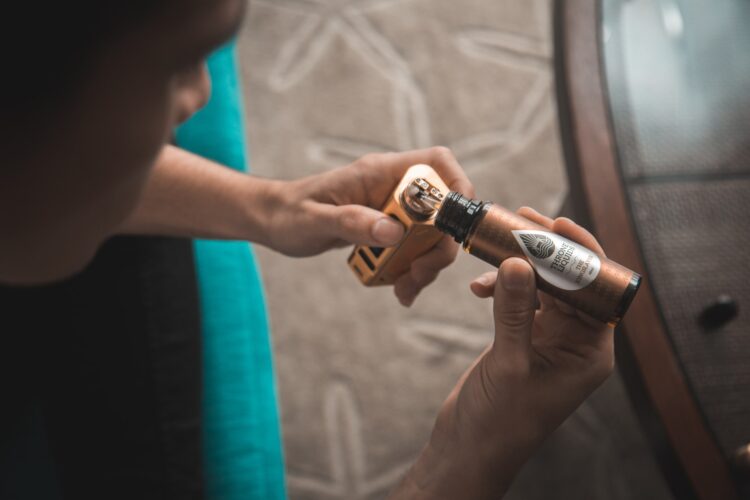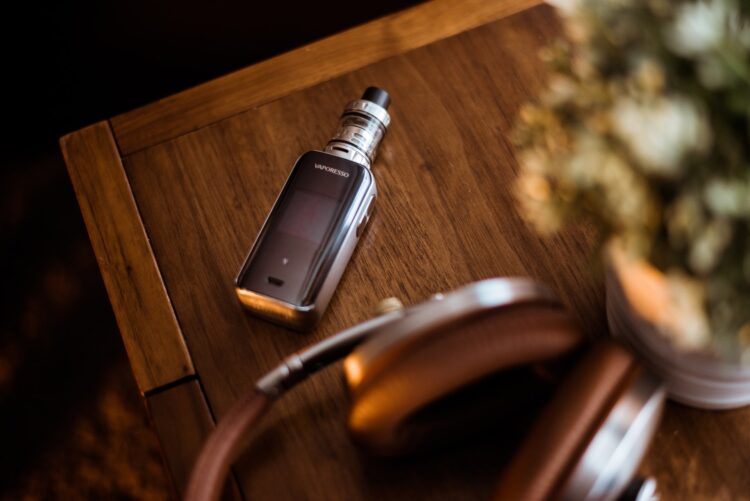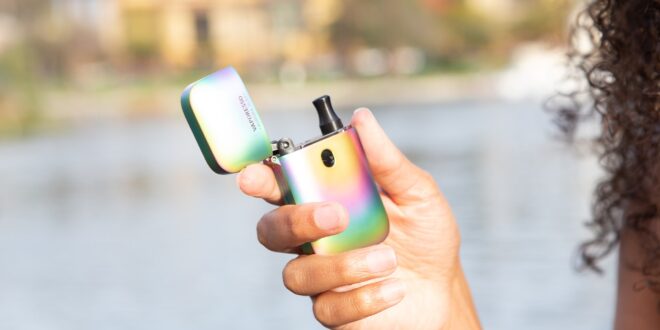Making your own coils for a convertible atomizer is a rewarding experience, but don’t be put off, you will soon find that it’s not an easy task. RDA or RTA, we will build our own coil and wick, which, once you get used to it, can be fiddly. The construction of a separate coil for the RTA itself is especially good if you are interested in sub-ohm vapor, as you would spend less money to buy built-in coils – in materials than you would have with a prefabricated coil head.
If you purchase spare coils, you will find that they are prefabricated with a wick already inserted, to reduce time and simplify the task. The wicks that come with the coil are normally constructed in silica cotton or cotton. The former is mostly used for temperature control coils and more expensive than the latter. Nowadays, you can also buy SS mesh wicks, which are more durable than cotton for sub-ohm vaping – but they are also more expensive due to their use of stainless steel.
The design of the RTA is the same as that of the RDA, except that it has a tank containing it instead of dripping e-liquid. This is because the RTA has no tank to hold it, so you have to vaporize in it yourself instead of vaporizing.
The capacity of the RTA for vape juice tends to be slightly lower than that of a normal vape container. Essentially, it is a device that allows the user to build his own coil while still enjoying the convenience of vape tanks. The liquid is kept as in a typical steam tank, but with a much smaller amount of juice than normal e-liquid.
The larger airflow helps to keep the coil cool so that you can stream at a higher watt and still stay relatively cool.
Pull off the top cap to see the wick of the atomizer and get some juice over your hands, and forget about this strange taste. When it comes to clean, you can choose between a few different options.
When you are satisfied, remove the cotton, and never leave any of your e-juice in the 510 as this can damage your clearomizer. Try not to drip the juice, and when you are able to, simply replace the cotton with a new one.
The top cap is securely attached to the body of the vaporizer. Make sure that you fully understand how it works before use. When you have finished, take off the top cap and load up with your favorite e-juice; then reattach it back and start vaping away.

These bad boys are also known as sub-ohm tanks. They work on both mechanical and variable wattage circuits, which means that you can use them for both power settings (wattage) or battery power settings (voltage).
Pull off the top cap to see the wick of the atomizer and get some juice over your hands, and forget about this strange taste.
If you want a little more of a vapor effect, 180moke.ca says you can’t go wrong with RDA, but it will force you to learn to vape in a different way than most other atomizers out there. As it is a tank-drip system, the main advantage of the modified system is the ability to build its own coils for the desired resistance.
In the early days of vaping, the only way to vape was to buy drop coils in the store, which gave users a suboptimal vapor feeling. Today, it is those who use (or should use) RDA who want a bespoke and bespoke experience, and that is why it is so important to create your own with RTA or R DA. The only way to get a high-quality experience is to build your own, whether it is with a drip spiral, a tank drip system, or an atomizer like the one in this article.
As mentioned earlier, RDA is perfect for those who like tinkering around when they vaping and find a new way to do it. Many steamers just want to vaporize, but not spend all their time tinkering with their steam equipment, so tanks are a good option for them. In addition, tanks only need to be filled with a multi-steamer about once a day, so they are ideal for frequent users.
RDA stands for Rebuildable Dripping Atomizer and it contains several key components. RDA requires constant attention, so you probably have to carry a bottle of e-juice around with you to fill it.

If you look at the RDA, you will find a positive and negative junction point where the coil you use for vaporizing is located. Before evaporation, the wick will take up and saturate the juice of your choice, and the top cap will be reattached and placed on the RDA before you start evaporating. Once you have soaked up your reel juice, all the e-juice drips out and you’re ready for another vape!
This is a liquid rebuildable drip nozzle that can be used with pretty much any e-liquid. The PG-VG ratio works best with a simple vape tank, which sometimes does not work well with high VG E fluids, but with the RDA.
It is not necessary to soak the wick manually, as it is so easy to soak manually that very little can go wrong as long as you keep it wet.
RDA-Drops are a technique used by advanced dampers to wick their RDA. Normally, the wattage is increased by evaporating the juice instead of leaving it in the coil. RDA’s typically use custom-built coils that must be nasty after a few strokes.
re new to steam, this is the perfect way to start your steam habit, because it was never built for you. If you have enough time to relax, you will quickly find their preferred taste and resistance to spools. While the RDA requires a little maintenance, the flavors and cloud production are fantastic.
The answer is that there is no right way to do RDA, it is simple and with enough practice, you can do anything, but it also takes time to learn and perfect the technique. The dripping is time consuming compared to a standard vapor device, so the effort is not worth it.
 Hi Boox Popular Magazine 2024
Hi Boox Popular Magazine 2024



